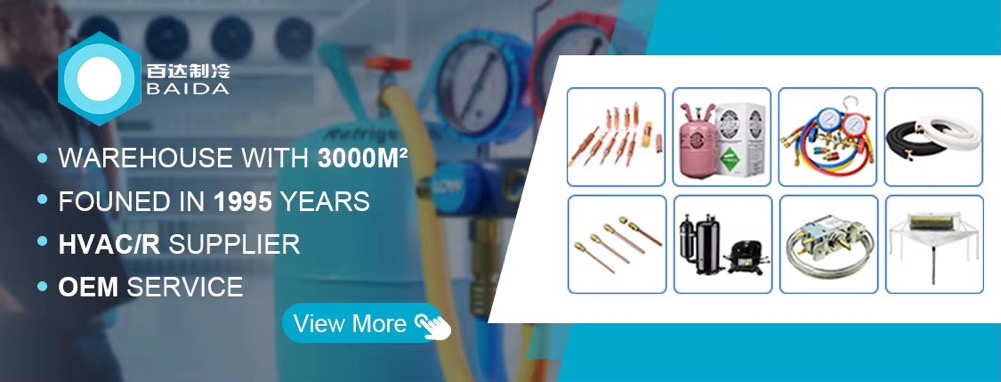ELECTRICAL CONTROL PANEL is a core device that integrates power distribution, automation control and protection functions. It is widely used in industries, infrastructure, commercial buildings and new energy. It realizes centralized control, monitoring and safety protection of electrical equipment by integrating circuit breakers, contactors, PLCs, inverters and other components.
1. Product classification
According to the purpose and scenario, the electric control cabinet is mainly divided into the following categories:
Low voltage control cabinet
Voltage range: ≤1kV, suitable for buildings, industrial equipment, water pump control, etc.
High voltage control cabinet
Voltage range: ≥3kV, used for substations, power grid distribution, large motor drives, etc.
Automation control cabinet
Integrated PLC, HMI (human-machine interface) to realize complex process automation (such as production lines, robot control).
Frequency control cabinet
Built-in inverter for motor speed regulation and energy-saving operation (such as air conditioners, fans, water pumps).
Outdoor control cabinet
With IP55 or above protection level, it can adapt to harsh environments (such as mines, ports, outdoor base stations).
2. Core technology advantages
Modular design
Standardized components facilitate expansion, upgrading and maintenance.
Intelligent control
Supports PLC programming, remote monitoring (SCADA system), data recording and analysis.
Protection function
Overload, short circuit, leakage, and phase loss protection to ensure safe operation of equipment.
Energy saving and energy efficiency
Adopt APF (active filtering) and reactive power compensation technology to improve power factor and reduce energy consumption.
Communication compatibility
Support Modbus, Profibus, Ethernet/IP and other protocols to achieve IoT integration.
3. Structural composition and materials
Cabinet structure
Material: cold-rolled steel plate (sprayed/galvanized), stainless steel (304/316L), aluminum alloy.
Protection level: IP20-IP65 (dust and water resistance level is selected according to the environment).
Key components
Circuit breakers (ABB, Schneider, Siemens and other brands), contactors, relays, inverters, soft starters.
Auxiliary systems
Temperature control fans, lighting, wiring terminals, grounding protection, cable management system.
4. Customized service
Demand matching: Provide solution design according to power, control logic, and environmental requirements (temperature, humidity, and corrosiveness).
Brand selection: Support specified component brands (such as Schneider, Siemens, and Mitsubishi).
System integration: Connect with the host computer, MES, and ERP systems to achieve digital management.
After-sales service: On-site debugging, programming, 24-hour technical support, and regular inspections.








